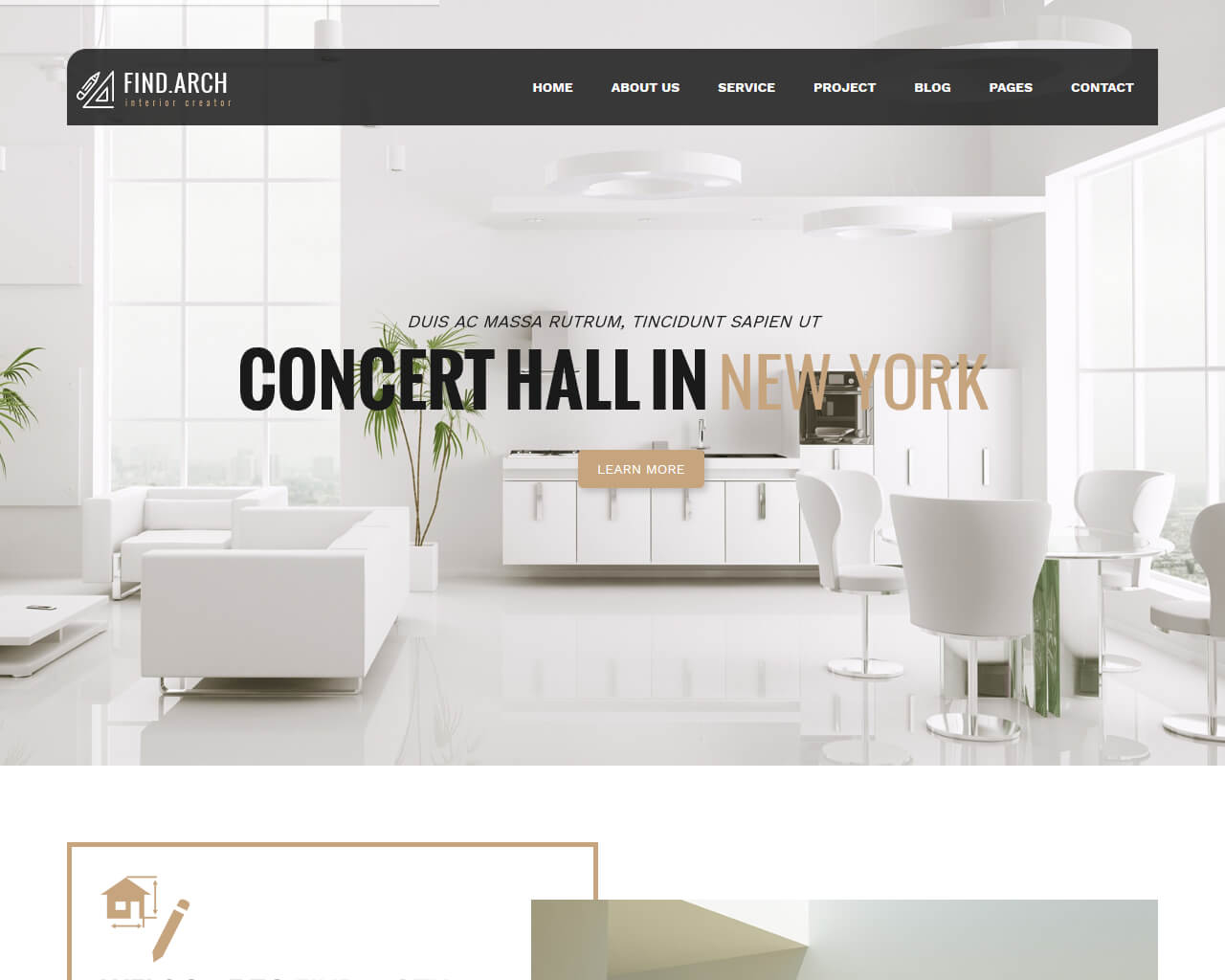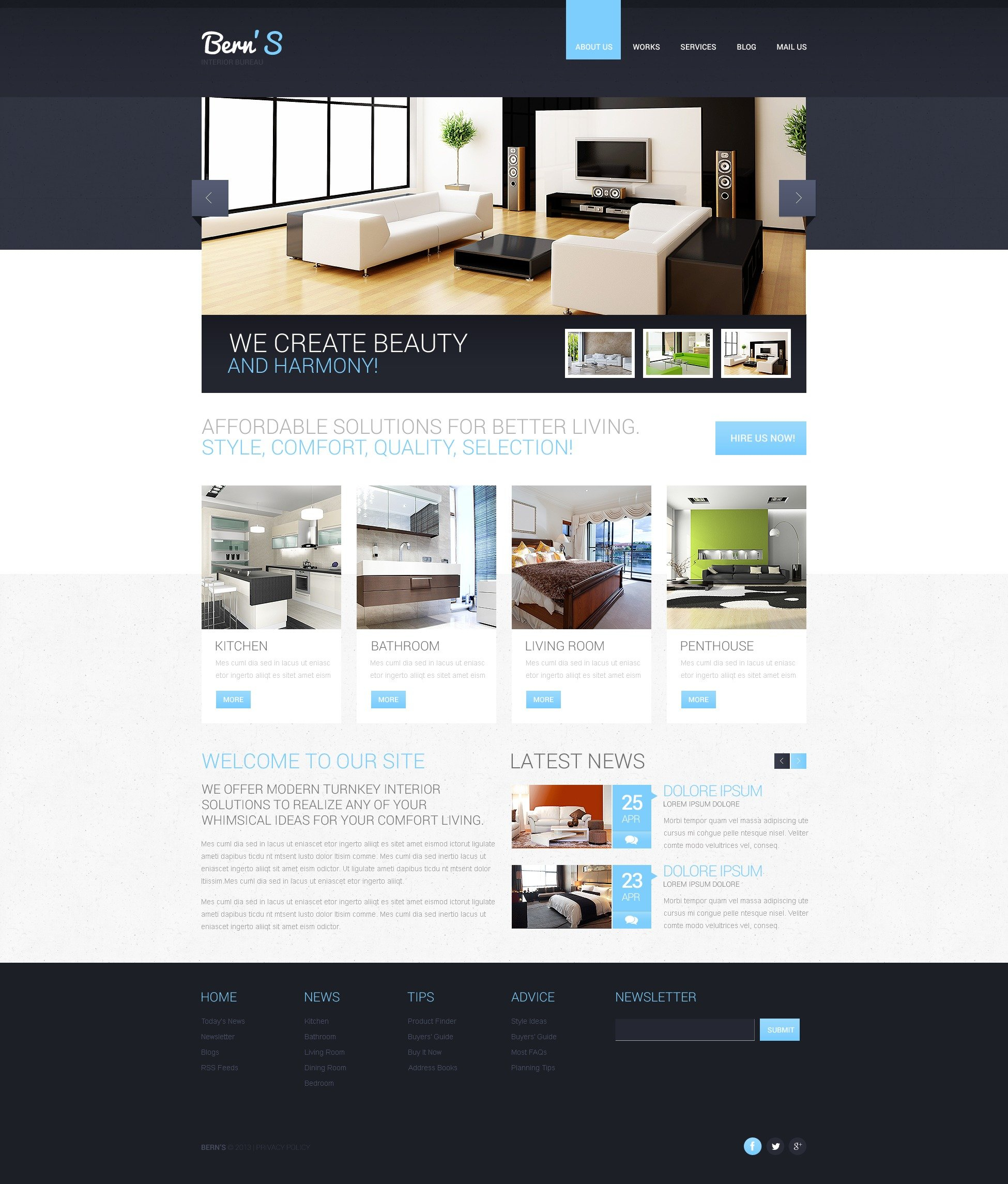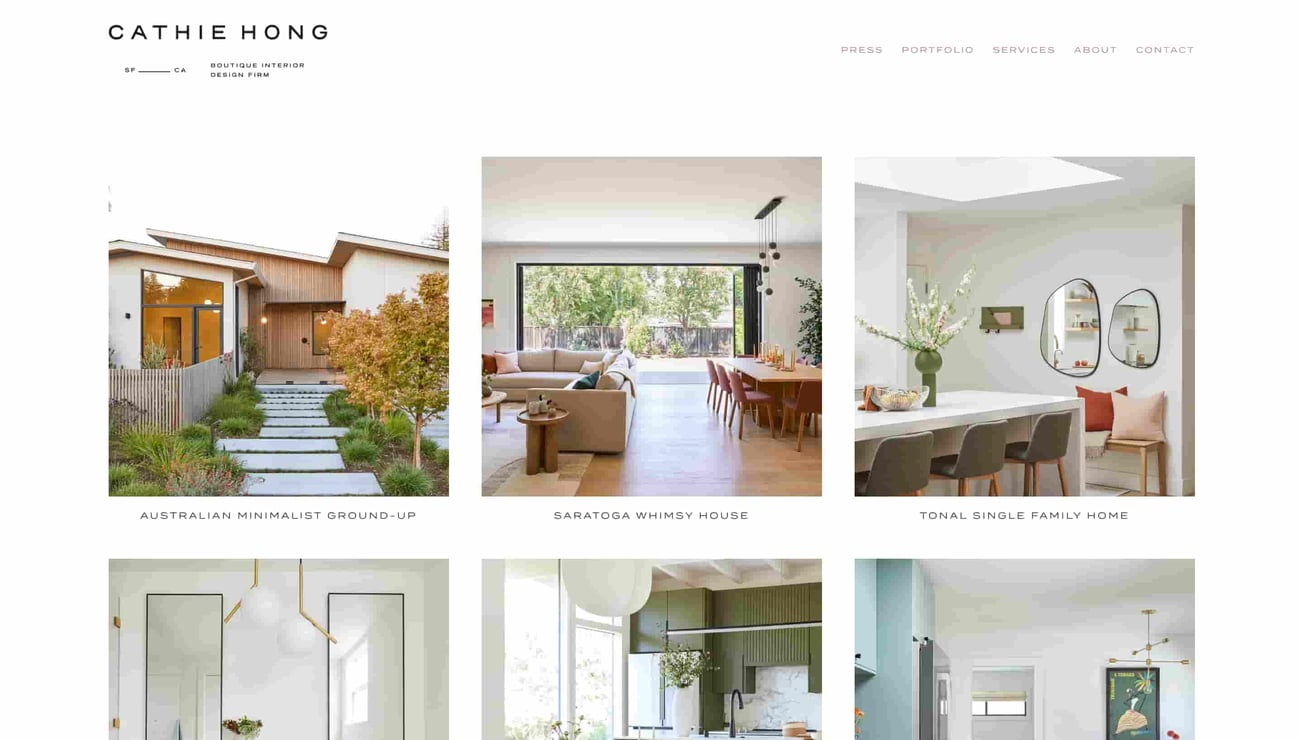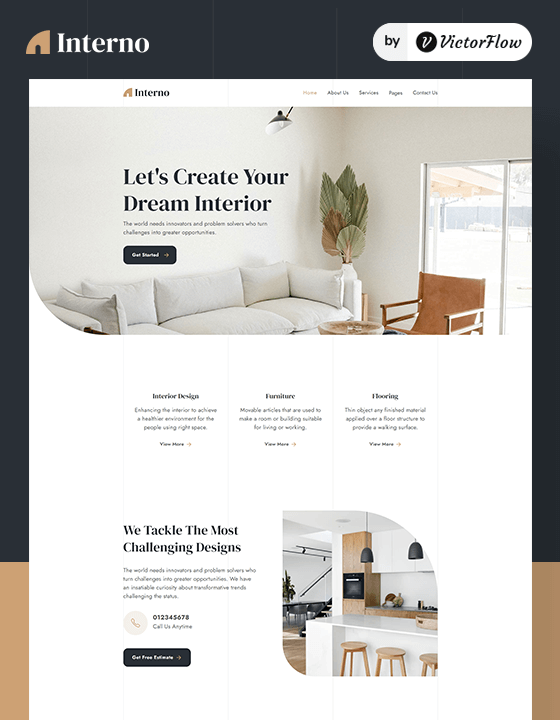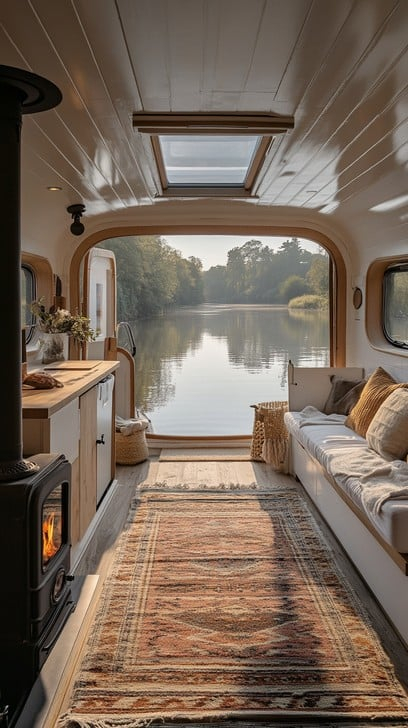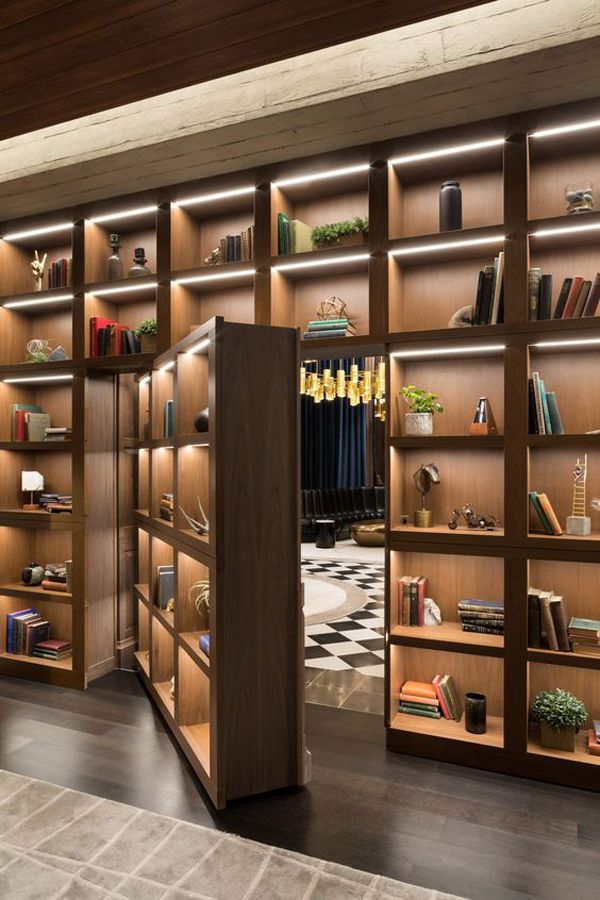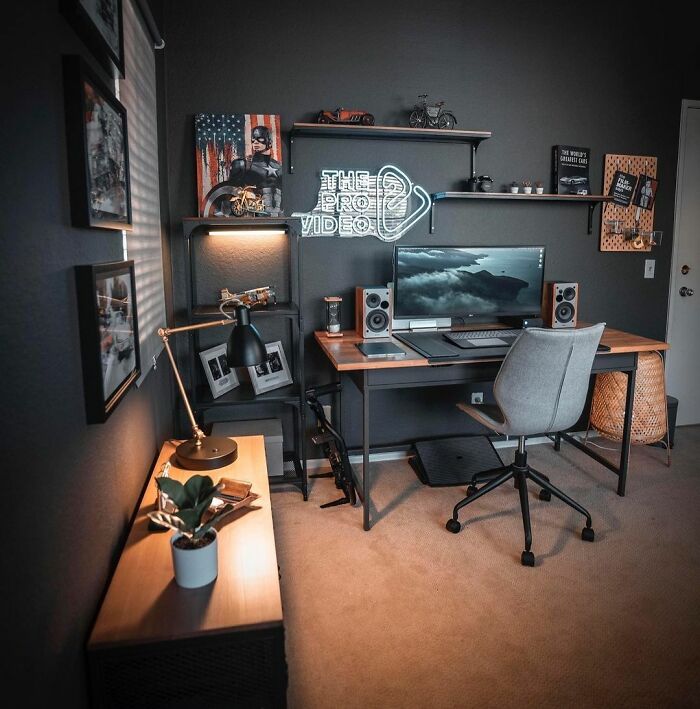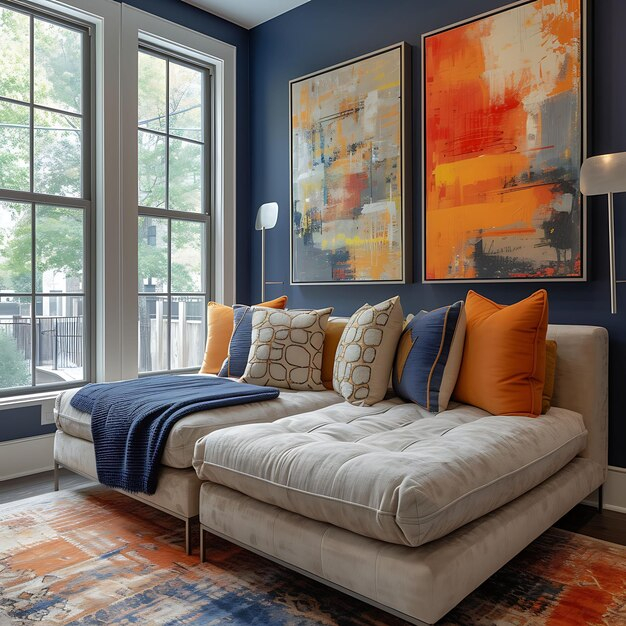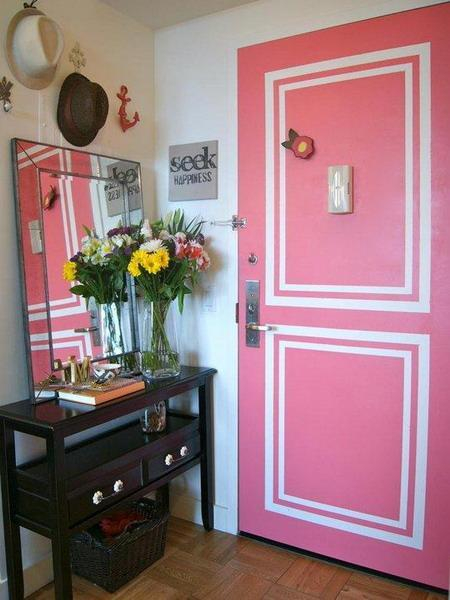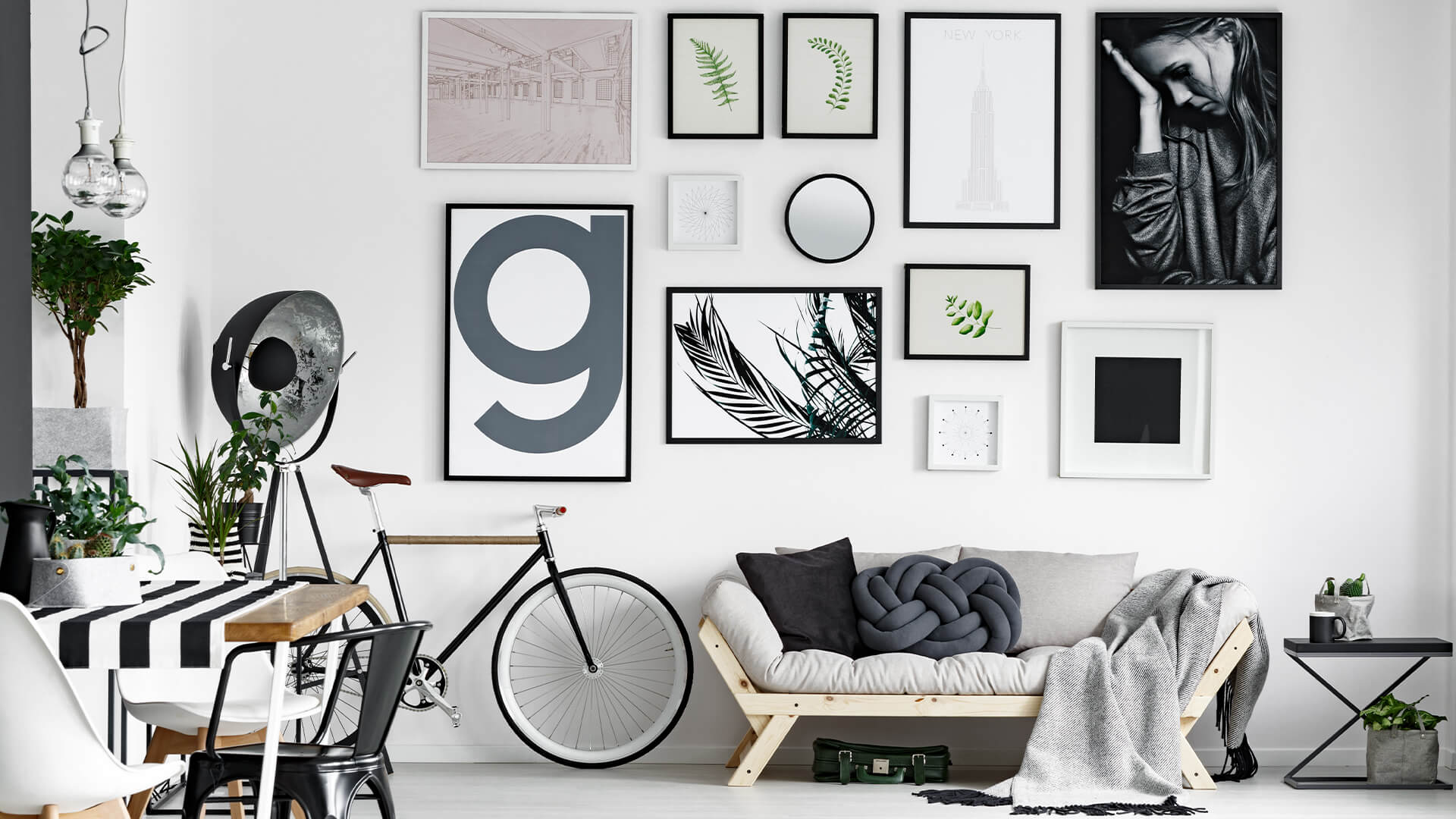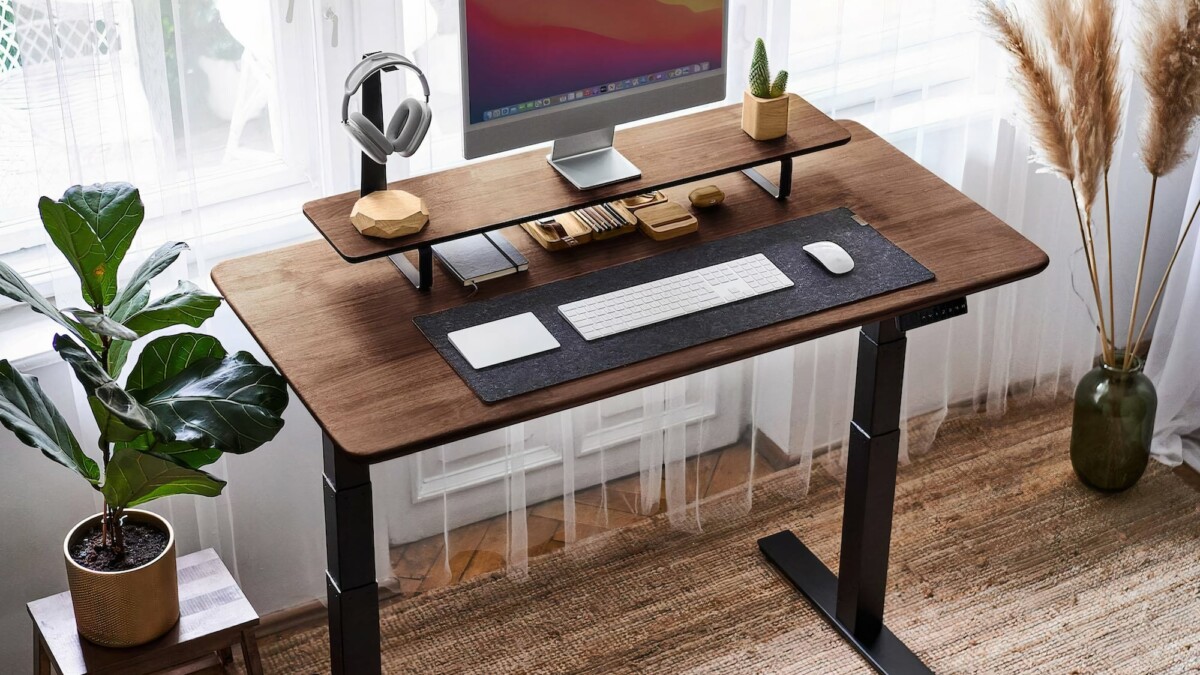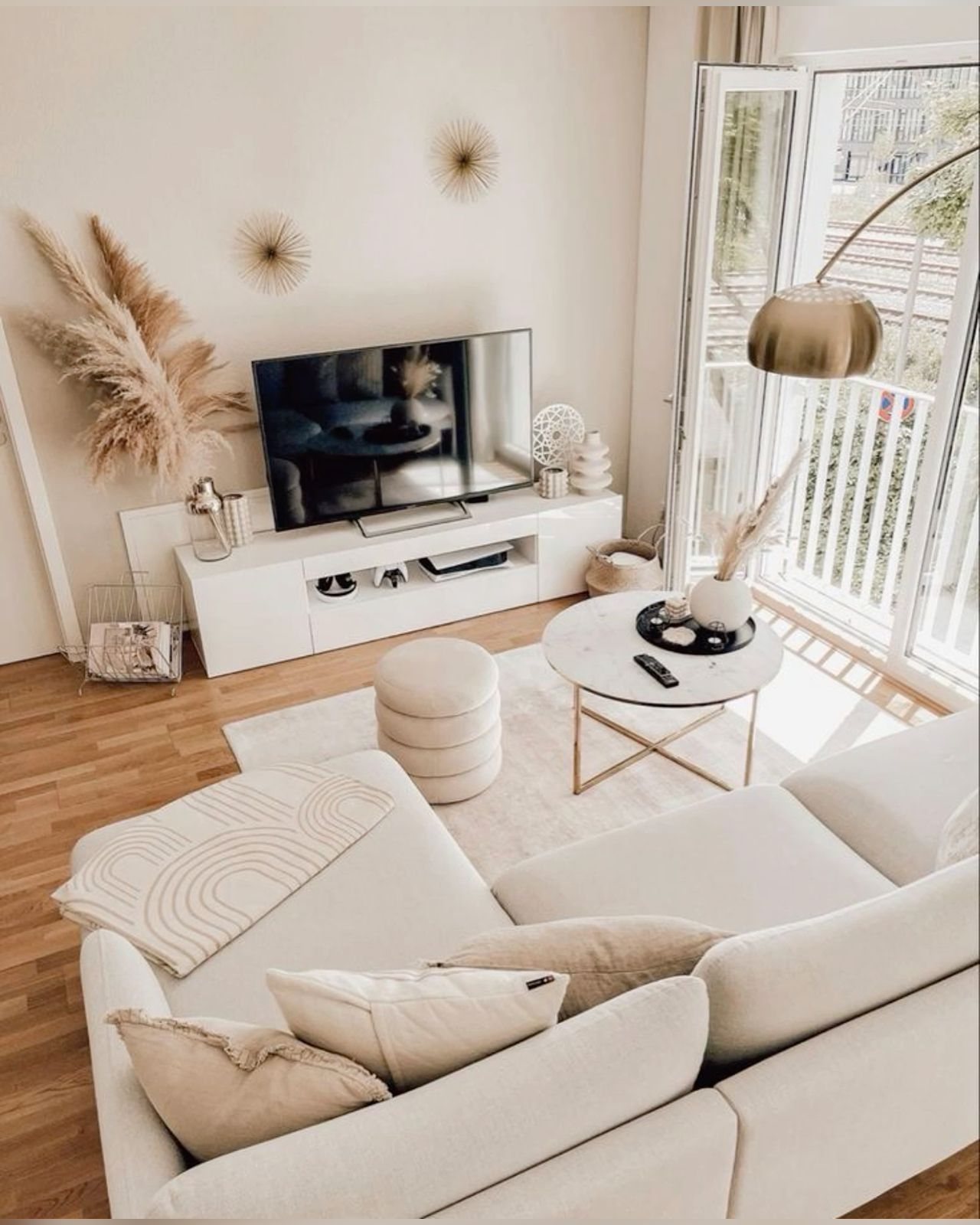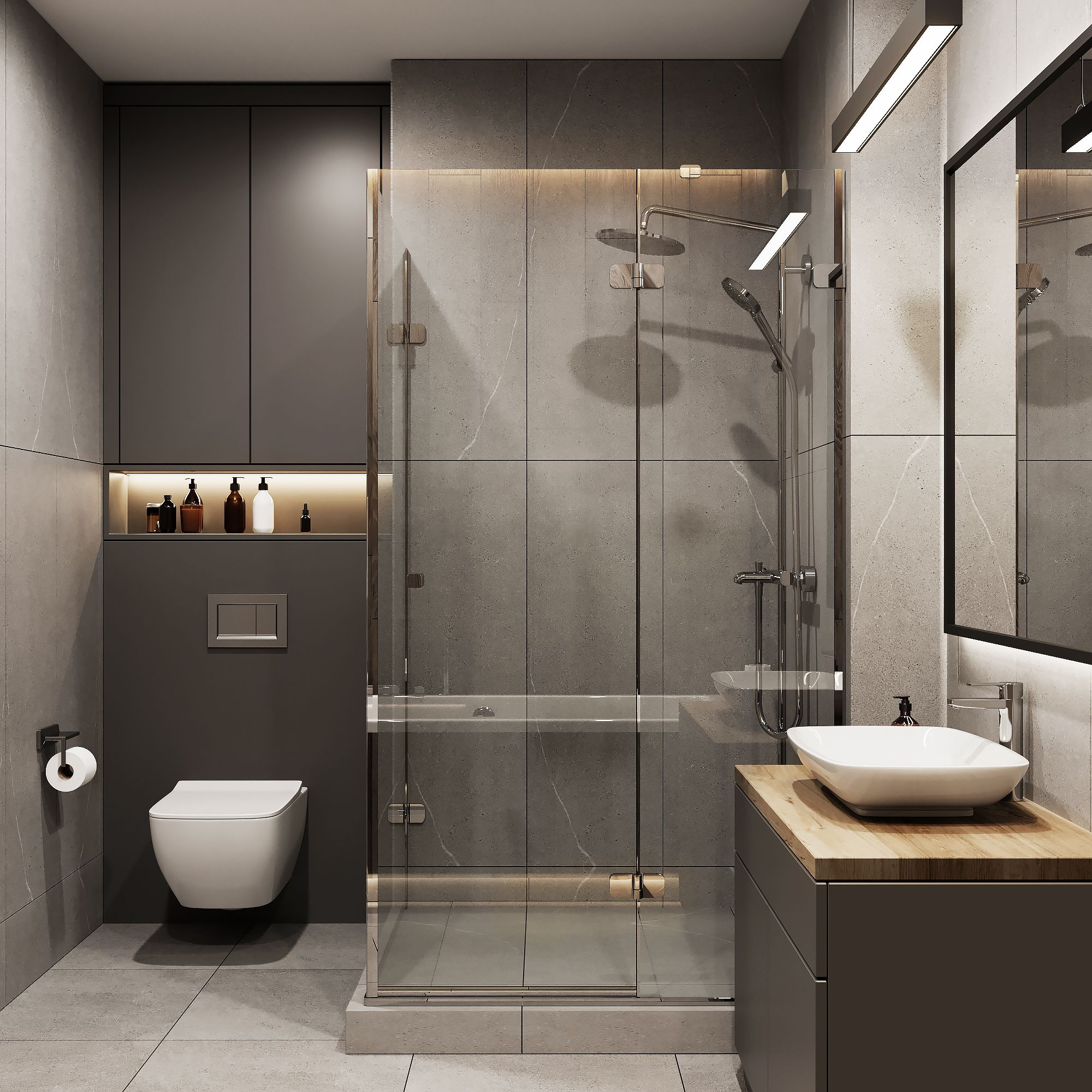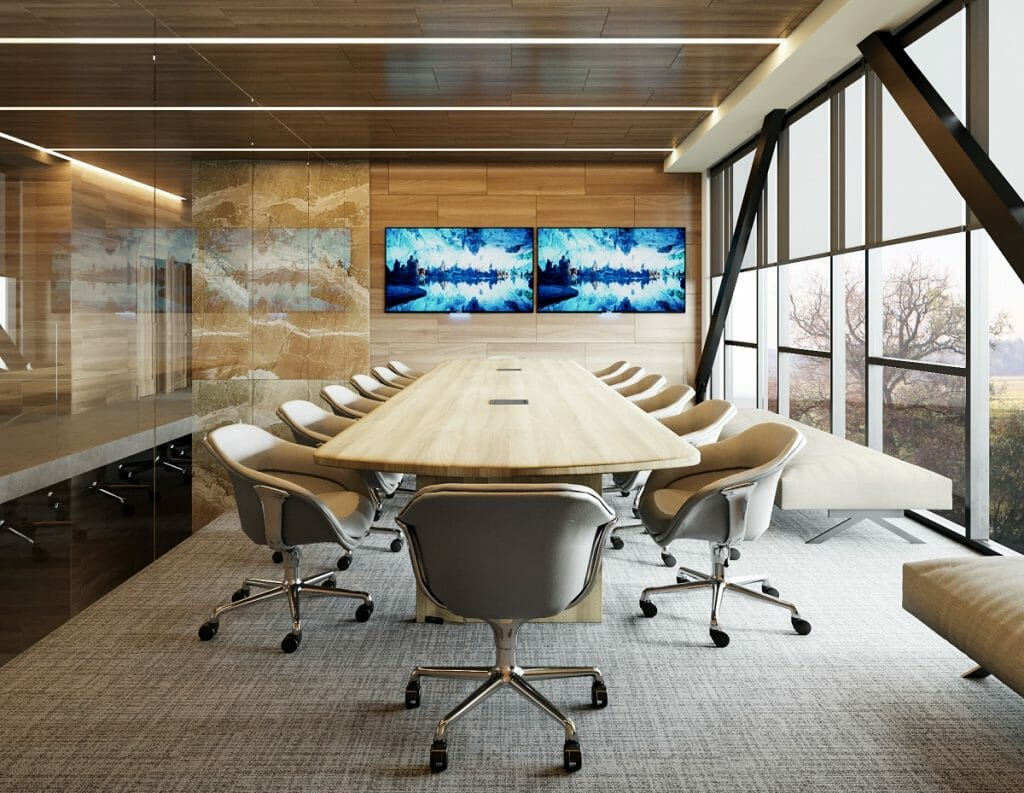In a world that constantly chases the next big thing, there’s a profound satisfaction in creating spaces that feel just right, year after year. Timeless interior design isn’t about being boring or stuck in the past; it’s about understanding fundamental principles that foster harmony, comfort, and lasting appeal. These are the ideas that have resonated for generations and will continue to do so, forming the bedrock of beautiful, livable homes. Let’s explore how to build a foundation for enduring style.
Ever walk into a room and just feel… good? It’s not just the newness of it all, is it? It’s a sense of balance, a feeling of being truly at ease. That’s the magic of timeless interior design. Instead of constantly redecorating to keep up with fads – think avocado green appliances or ultra-low-rise sofas – timeless design focuses on elements that have proven their worth. It’s about creating a sanctuary that reflects your personality and supports your lifestyle, without needing a complete overhaul every few years. It’s an investment in enduring comfort and elegance. So, what are these secret ingredients to a home that feels both current and classic?
1. The Power of Proportion and Scale
This is probably one of the most crucial, yet often overlooked, aspects of creating a well-balanced room. It’s all about how different elements relate to each other and to the space itself. Imagine a giant sectional sofa crammed into a tiny living room, or a minuscule rug floating in the middle of a vast open-plan area. It just feels… off, doesn’t it?
Good proportion means that furniture and decor pieces are the right size for the room they inhabit. Scale, on the other hand, refers to the size of one object relative to another. For instance, a massive chandelier might be perfectly scaled for a grand foyer, but it would overwhelm a cozy bedroom.
Think about:
- Furniture Size: Does your sofa overwhelm the room, or does it feel lost?
- Art Placement: Is your artwork appropriately sized for the wall space?
- Accessory Balance: Are your decorative items in harmony with your larger pieces?
Getting this right creates a sense of visual order and makes a space feel more comfortable and inviting. It’s like fitting pieces of a puzzle together; everything has its place and size.
2. Harmonious Color Palettes
Color is a powerful tool, and choosing a palette that stands the test of time is key to timeless design. While bold, trendy colors can be exciting, they can also quickly become dated. Timeless color schemes often lean towards neutrals, earthy tones, or muted, sophisticated hues. These colors provide a calming backdrop and allow for greater flexibility when introducing accent colors or seasonal changes.
Consider the impact of color:
- Neutrals as a Base: Think warm whites, soft grays, beiges, and sophisticated creams. These create a serene and versatile foundation.
- Earthy Tones: Greens, blues, and browns in their more muted, natural variations evoke a sense of calm and connection to nature.
- Subtle Sophistication: Deep blues, forest greens, or rich burgundies can add depth and character without being overwhelming.
Even with a neutral base, you can introduce personality through textures and varying shades within your chosen palette. It’s about creating a cohesive and pleasing visual experience that doesn’t shout for attention but rather whispers elegance.
3. Quality Over Quantity
This principle is fundamental to creating a home that not only looks good but feels good. Investing in well-made, durable pieces might seem more expensive upfront, but it pays dividends in the long run. Fast furniture and quickly produced decor items often lack the craftsmanship and quality materials that give pieces longevity and character.
Think about it like this:
- Investment Pieces: A well-crafted sofa, a solid wood dining table, or a beautifully upholstered armchair can last for decades.
- Material Matters: Natural materials like wood, stone, linen, and wool tend to age gracefully and add a richness that synthetic materials often lack.
- Durability and Comfort: Quality pieces are not only built to last but are often designed with comfort and functionality in mind.
When you prioritize quality, you’re not just buying furniture; you’re acquiring pieces that will become cherished parts of your home, developing a history and a patina over time. It’s about building a collection of items you truly love and that stand up to daily life.
4. The Importance of Texture and Layering
Even the most beautiful color palette can fall flat without the introduction of texture. Texture adds depth, warmth, and visual interest, making a space feel more inviting and layered. It’s what transforms a room from looking like a showroom to feeling like a lived-in, comfortable home.
How can you incorporate texture?
- Soft Furnishings: Think plush velvet cushions, chunky knit throws, woven rugs, and linen curtains.
- Natural Materials: Wood grain, stone surfaces, rattan baskets, and even exposed brick add tactile and visual interest.
- Layering: Combine different textures. For example, a smooth leather sofa can be softened with a fluffy sheepskin throw and patterned cushions.
Layering also applies to how you arrange items. A well-placed stack of books on a coffee table, a collection of framed photos on a shelf, or a gallery wall can all contribute to a sense of depth and personality. It’s about creating a rich, tactile experience that engages the senses.
5. Functional Layout and Flow
A beautiful room that doesn’t function well is ultimately a disappointment. Timeless design emphasizes creating a layout that supports how you live. This means considering the flow of movement through a space and ensuring that furniture is arranged in a way that is both practical and conducive to the room’s purpose, whether it’s conversation, relaxation, or dining.
Consider these layout questions:
- Traffic Paths: Are there clear, unobstructed pathways for moving around the room?
- Purposeful Arrangement: Is furniture grouped in a way that encourages interaction or activity? For example, seating areas should be oriented to facilitate conversation.
- Room Balance: Does the layout feel balanced, with no areas feeling too crowded or too empty?
A well-thought-out layout makes everyday living easier and more enjoyable. It’s about creating a space that works for you, not against you, ensuring that beauty and utility go hand in hand.
6. Personal Expression and Authenticity
Perhaps the most crucial element of timeless design is infusing it with your own personality and story. A home that is truly timeless isn’t just aesthetically pleasing; it’s a reflection of the people who live there. This is where your unique taste and passions come into play.
Don’t be afraid to:
- Incorporate Heirlooms: Pieces with sentimental value add a layer of history and warmth that new items can’t replicate.
- Display Personal Collections: Whether it’s art, books, or travel mementos, showcasing what you love makes a space uniquely yours.
- Mix Styles Thoughtfully: While a cohesive look is important, a touch of eclecticism, when done with intention, can add character and prevent a space from feeling too sterile.
Ultimately, a timeless home feels authentic. It’s a space that evolves with you, filled with items that hold meaning and bring you joy. It’s less about adhering to a strict set of rules and more about creating a harmonious environment that resonates with your soul.
So, there you have it. Timeless interior design is less about chasing trends and more about understanding enduring principles that create beautiful, comfortable, and lasting spaces. By focusing on proportion, thoughtful color choices, quality craftsmanship, inviting textures, functional layouts, and, most importantly, your own personal touch, you can craft a home that you’ll love for years to come. It’s a journey of creating a sanctuary that not only looks good but feels profoundly right. Embrace these time-tested ideas, and build a home that truly stands the test of time.

